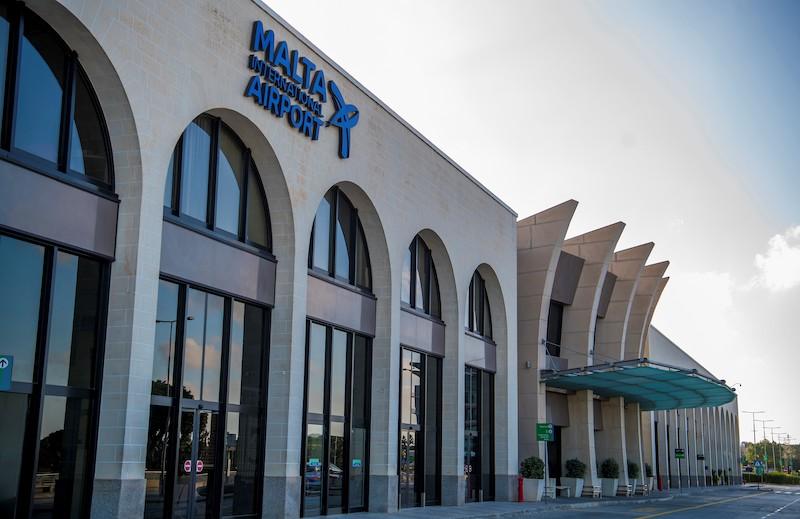
Credit: Rene Rossignaud/Malta International Airport
The overall impact on connectivity from the downscaling of Air Malta routes “appears to be minimal,” according to a report published by Malta’s Central Bank, which has backed a new strategy for the airline. The Maltese government announced in October that the current national airline, Air Malta...
Subscription Required
This content requires a subscription to one of the Aviation Week Intelligence Network (AWIN) bundles.
Schedule a demo today to find out how you can access this content and similar content related to your area of the global aviation industry.
Already an AWIN subscriber? Login
Did you know? Aviation Week has won top honors multiple times in the Jesse H. Neal National Business Journalism Awards, the business-to-business media equivalent of the Pulitzer Prizes.





